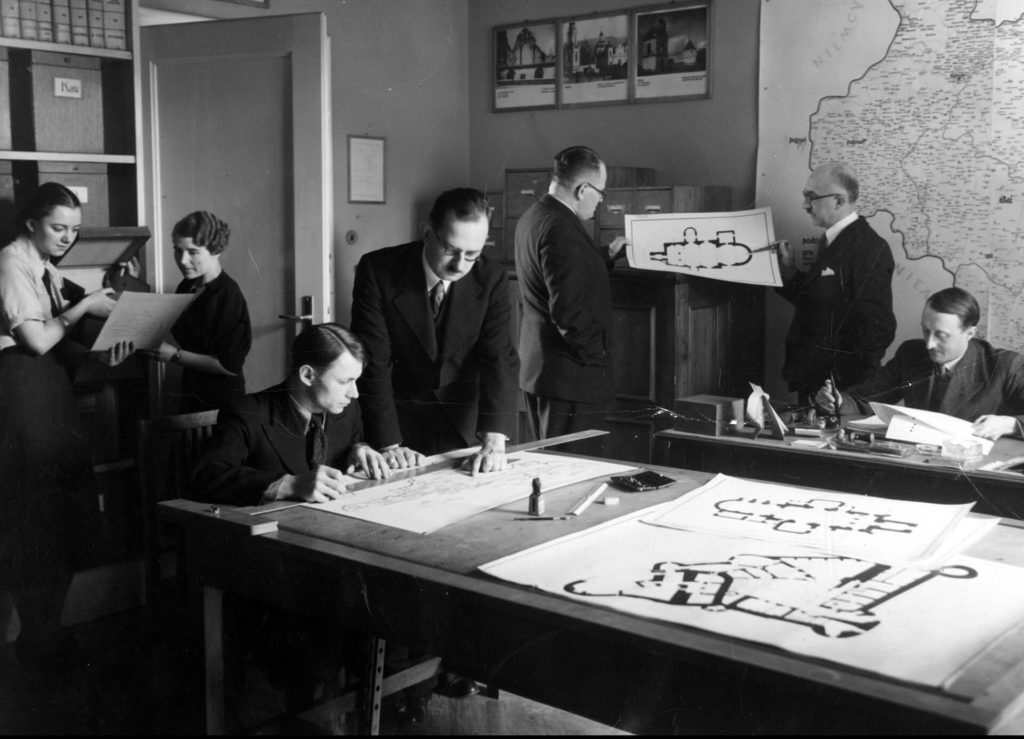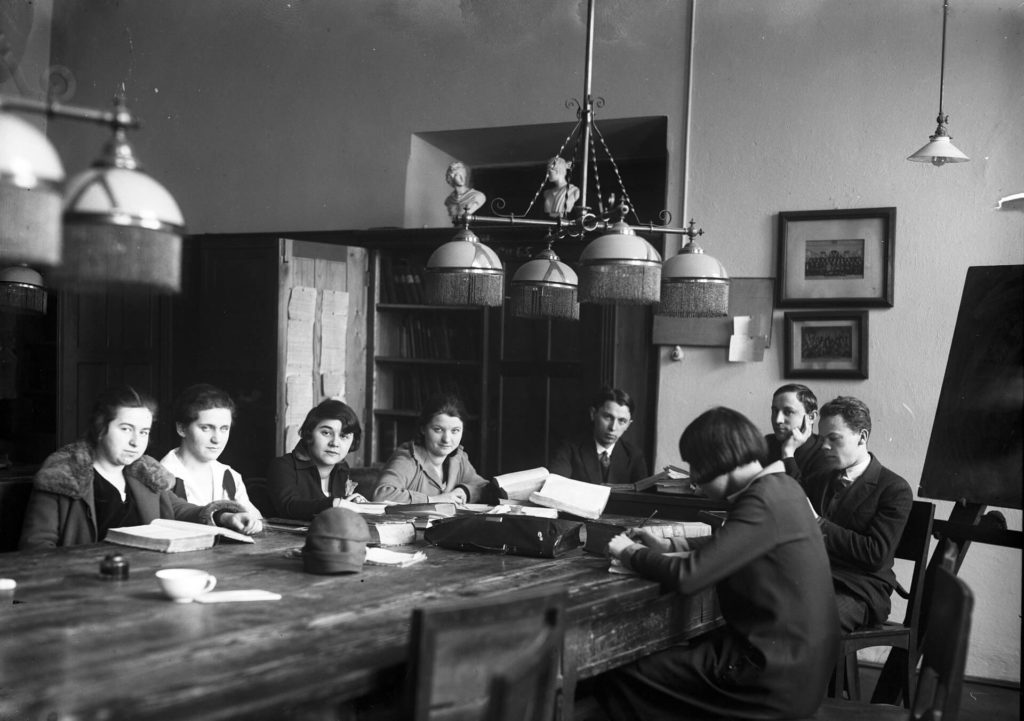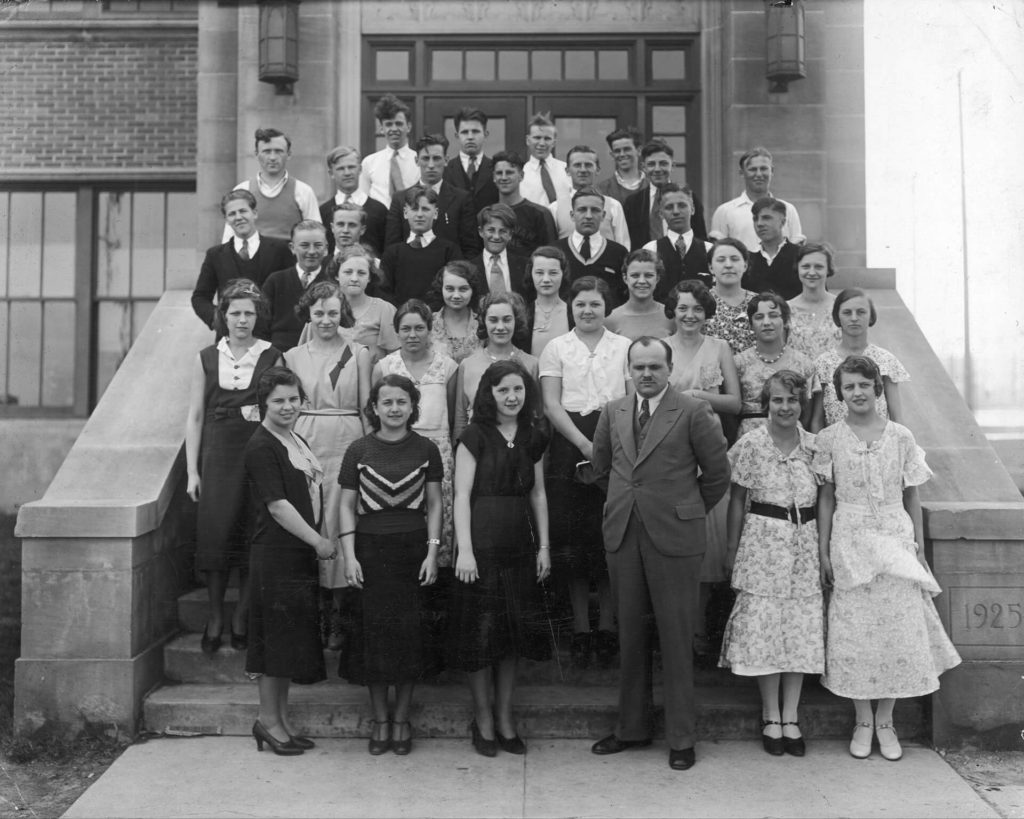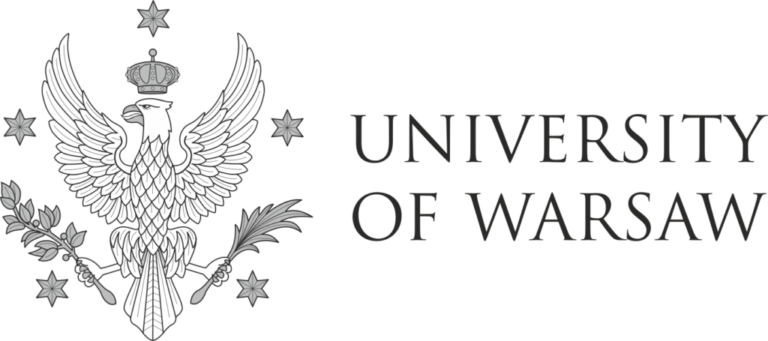Center for Research on Social Memory
Our Center investigates how groups and societies make sense of the past. With a focus on East-Central Europe, we explore a wide range of topics, including memories of war and socio-political transformation, memory politics and history policies, as well as mnemonic structures and memory activism. We examine how history is mobilized – and to what ends – by politicians, educators, heritage professionals, and other memory makers.
The Center is based at the Faculty of Sociology, University of Warsaw, and continues the work of the Social Memory Laboratory, established in 2010.
Follow us on Facebook
News & updates
December 28, 2024
December 19, 2024
December 19, 2024
December 19, 2024
December 19, 2024
December 19, 2024
Projects
The researchers of the Center pursue individual projects of their own choice and have been also involved in several international and national collaborative projects.


Publications
Our publications, mainly in Polish and English, cover wide range of uses of the past in nation-building, religious, cultural, and economic processes in East-Central Europe.
Education
Each year we offer several courses related to memory studies and cultural heritage for BA and MA students at the University of Warsaw (in Polish or English). We also collaborate with MA and doctoral students in our research projects.


About Us
We are a group of interdisciplinary scholars working at the intersection of sociology, history, social anthropology, and cultural studies.



